When Gods of Greece call you for battle and glory comes the time to buy Greek armor and weapons!
Steel Mastery is honoured to tell you a little bit about it and equip you. So, let's talk about hoplites, hoplon, doru, muscle armors, linothorax, greek helmets, and greaves.
Hoplites were heavy infantrymen – citizen-soldiers of Ancient Greek city-states. Their name derives from hoplon shield – part of ancient Greek soldiers' obligatory equipment.
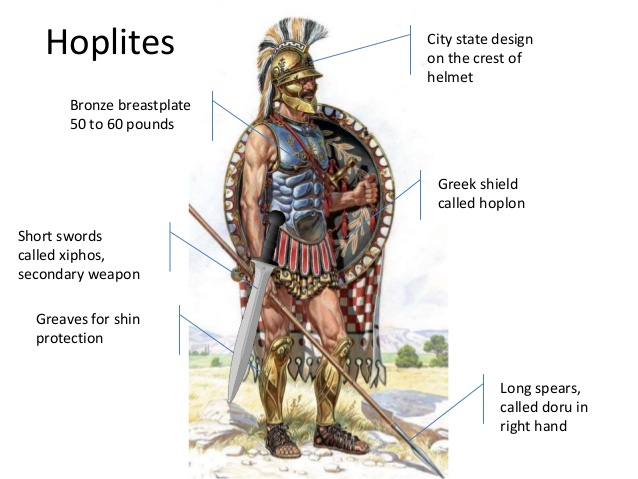
These fighters were mostly middle-class free citizens who were able to afford own bronze armor or weapons. They usually weren’t professional soldiers – their equipment was not standardized but had common features and original trends in various city-states.
- Hoplon shield, also called aspis, hoplites are named after, was a unique, most essential Greek soldier's equipment.
It was convex round- or oval-shaped, about 90 cm in diameter, ~7 kg in weight. Hoplon shield was composite: bronze- or iron-made outer layer, wooden center layer (hardwood connected slats about 0.5 cm thick), and leather inner one. Sometimes, outer layer was also covered with leather (bovine), while only the edge was made of metal.
Shield's convex shape allowed it to be cosily supported by the shoulder. Shields handle, called the Argive grip, was its cool, progressive feature. Handle itself was placed at hoplon's edge while forearms’ leather fastening was in centre. Two pointed shield holding allowed hoplite soldier to hold the hoplon tightly, increased mobility and protection properties.
- Hoplite muscle armor – panoply – wasn't, in fact, fully bronze often (it would be not only extremely expensive but also its weight would be about 30 kg). Commonly, middle-class ancient Greek warriors wore linothorax made of linen fabric layers glued together. Moreover, many hoplites had no breastplate at all.
- Greek helmets of different types defended hoplite's heads. You can read about them in our Greek and Roman helmets section and order anything from Corinthian helmet to Chalcidian, Pilos, and Thracian ones.
Greaves were quite an important hoplite armor part as they protected the lower leg, which wasn’t covered by the shield. Greaves – going from the top of the knee to the top of the ankle – were made from a single piece of bronze. Also, they were lined with leather or felt inside. Hoplite greaves had an interesting feature – generally, they had no straps and were fixed on legs by springiness of bronze itself.
- Hoplite’s main weapon was a 2.5–4.5-m long, 2.5-cm in diameter spear called doru (dory). Spearhead was leaf-shaped, while tail (sauroter) was spiky and could be used as a weapon too if spearhead broke off. Fun-fact: sauroter means "lizard-killer" as the spear was stuck into the ground by this end when not in use, but it was also used to finish off fallen enemies so with time it was bifurcated.
- But when the spear was totally broken or phalanx lost its line, hoplite took his additional weapon – a short sword called xiphos.
Xiphos' blade usually was around 60 cm long. But when you hear "This is SPARTAAA!!!", be sure – there are no more than 45 cm long blades.
Sometimes the sword was replaced by kopis – heavy knife with forward-curving blades.
So, if you already make a decision, what hoplite set you want to buy, contact us via [email protected]. If still not, anyway contact us and we will help you with it!
Doru spears

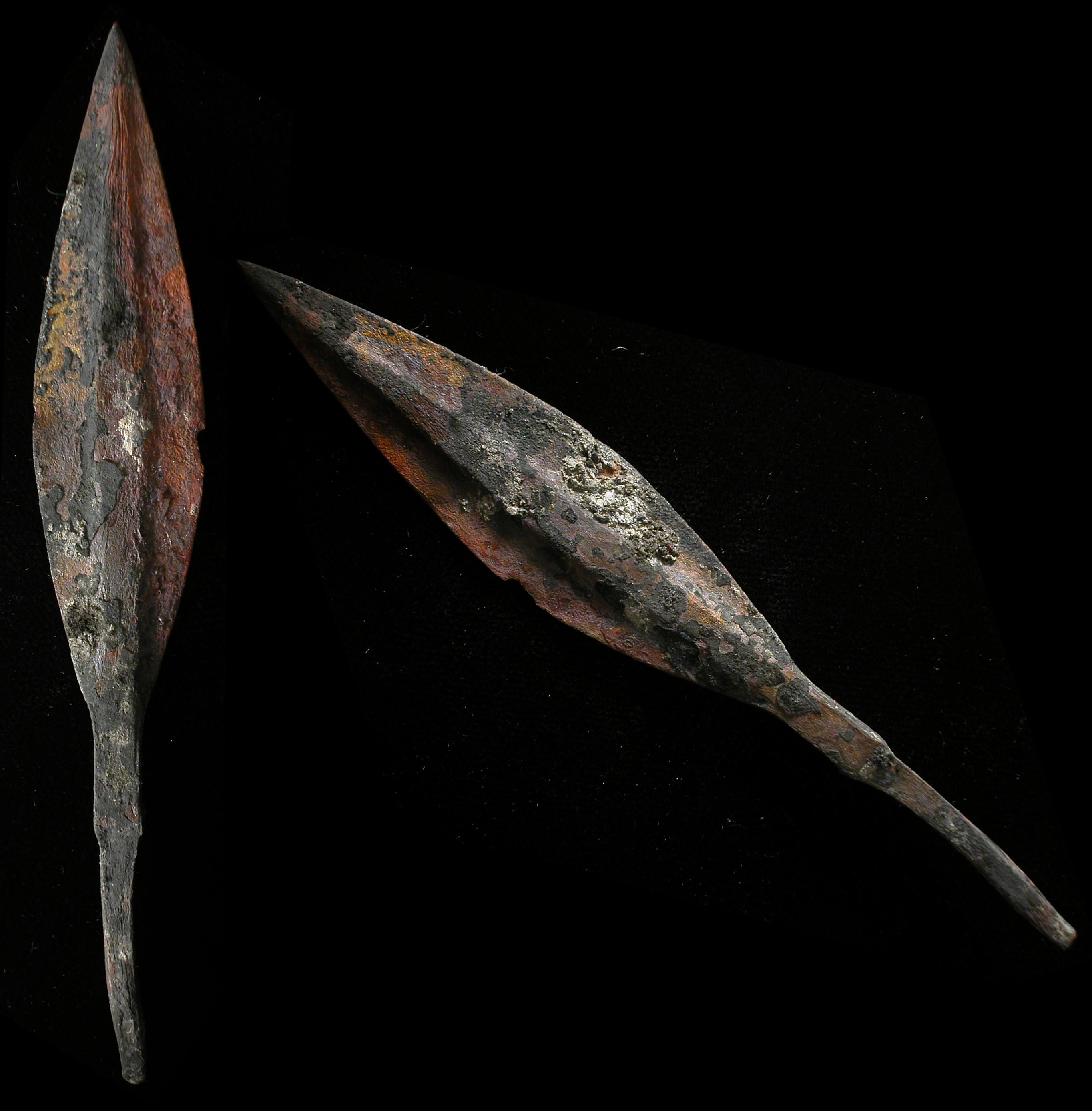
Muscle armor
Linothorax
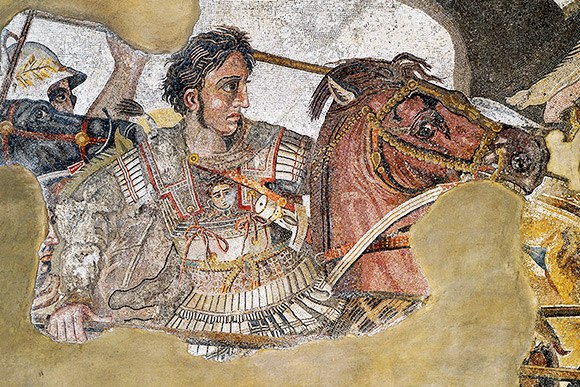
Hoplite greaves


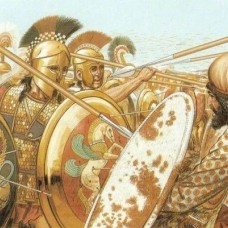
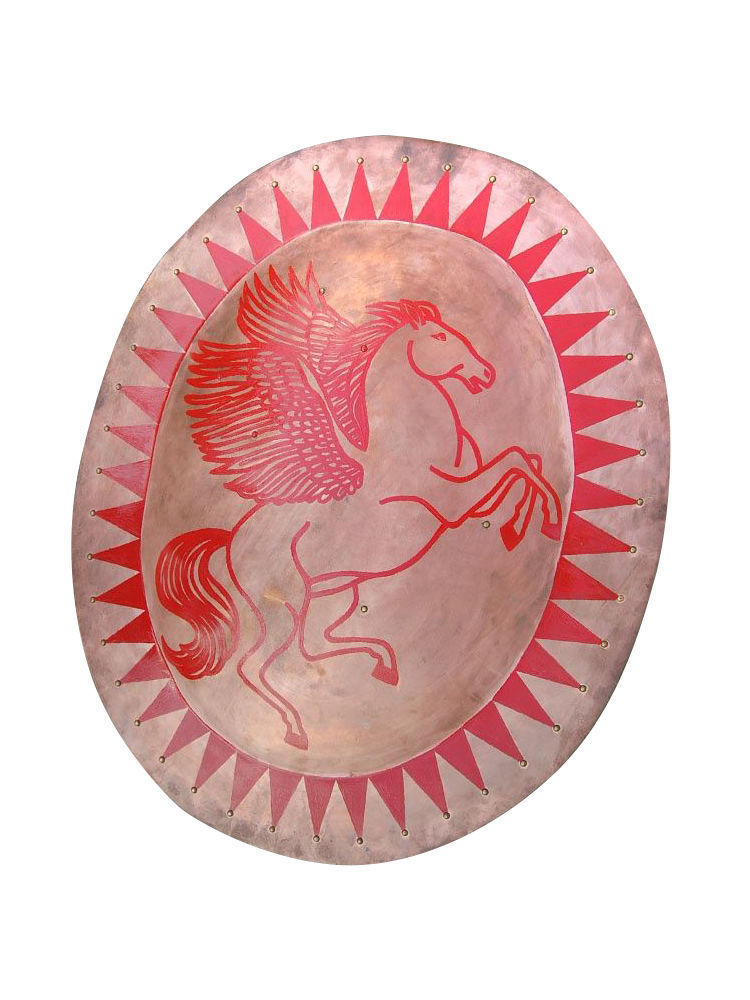

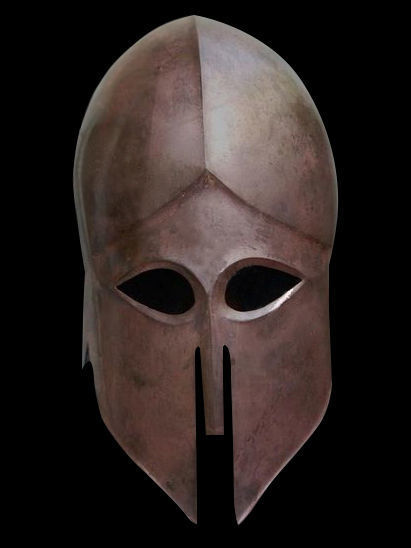
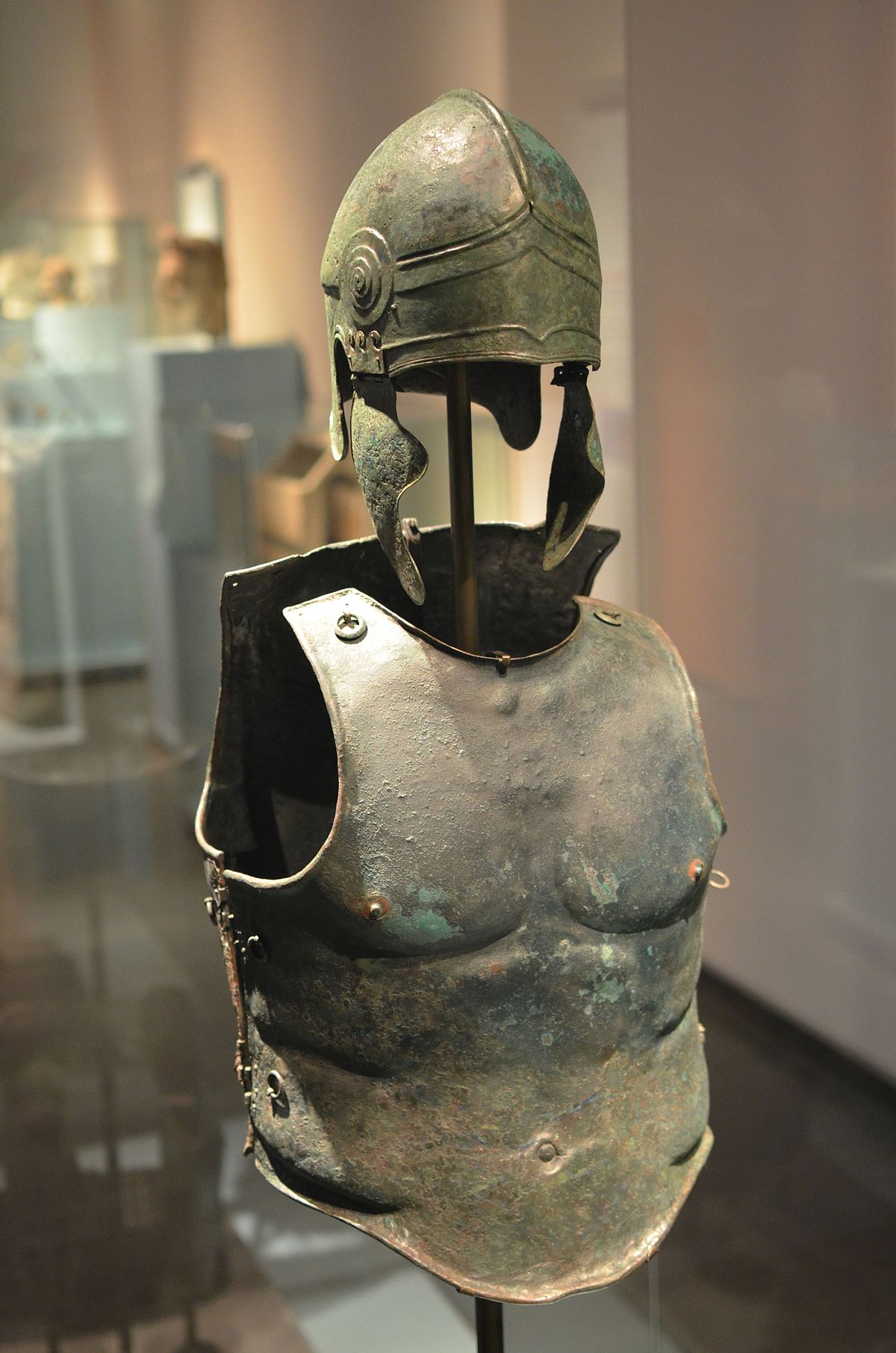
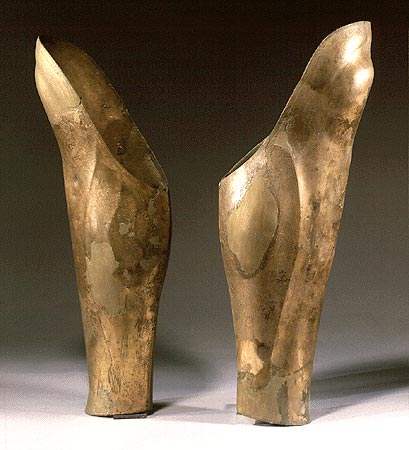
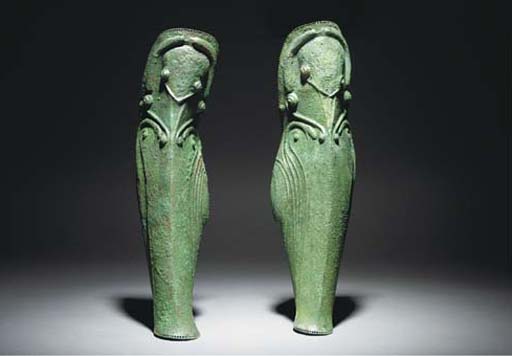

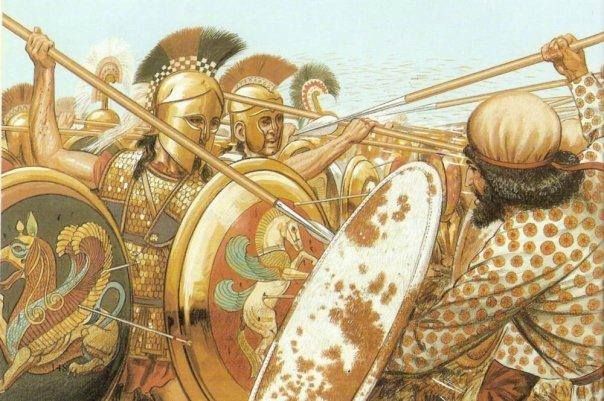
0 Comments
Steel-mastery.com